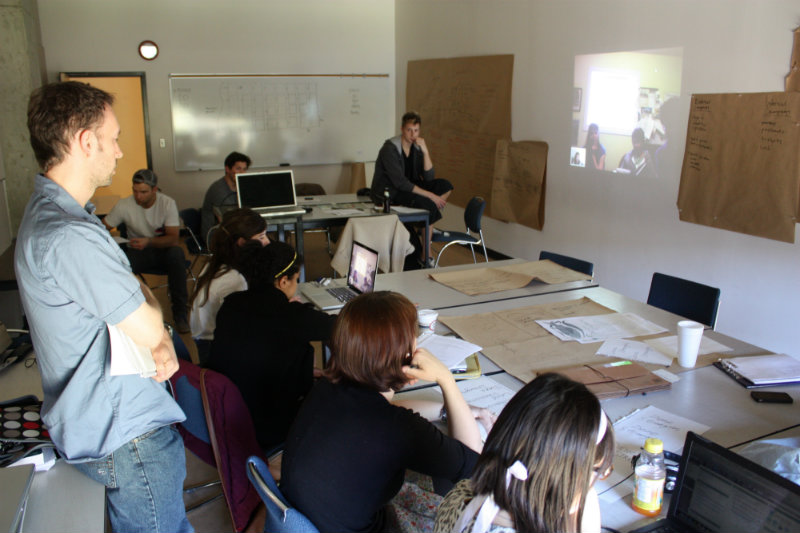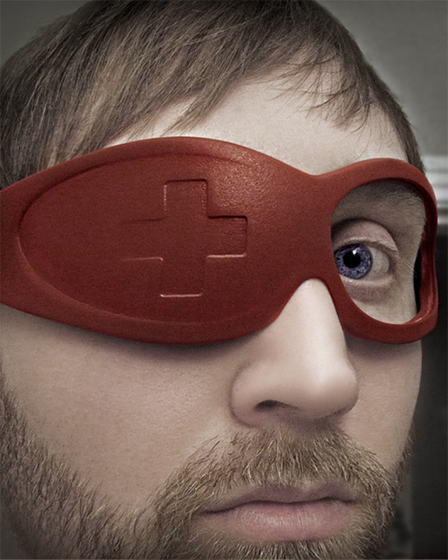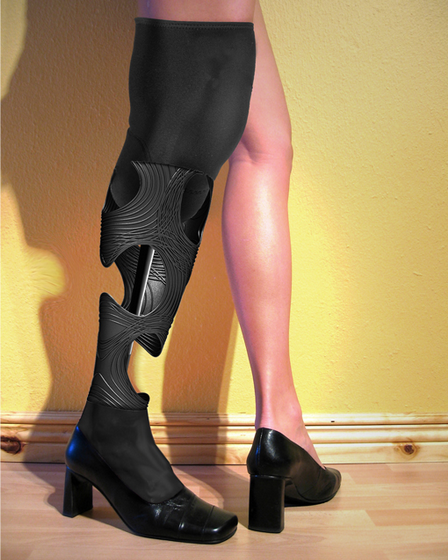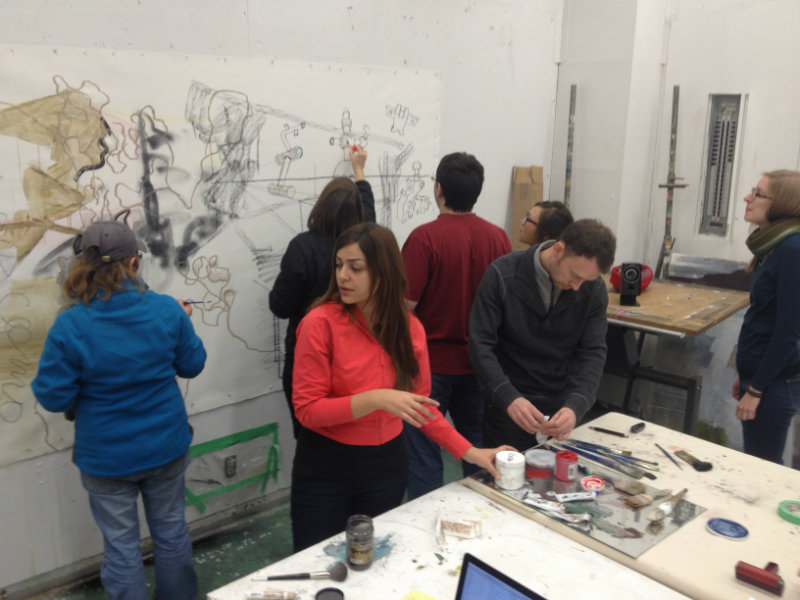Design Studies
The Master of Design (MDes) program offers two areas of specialization. Applicants to the program select either industrial design or visual communication design
The MDes program focuses on research for the public good in the areas of Industrial Design (ID) and Visual Communication Design (VCD). Faculty members are engaged in research and practice, using interdisciplinary approaches and participatory methods. Industrial Design is concerned with the interface between the user and the built environment and the physical, cognitive, and emotional issues involved. Visual Communication Design focuses on information design and communication, in print and interactive new media, and includes design for needs relating to education, culture, health, and safety. Graduate students have presented their work at local, national and international conferences and exhibitions.
Thesis development may take between one and three years, depending on the complexity of the project and the ability of the student. The thesis is a project that allows the student to learn advanced working methods and to make an original contribution to their chosen field of design. Normally, the thesis includes both a design product and a written document.
Past research topics:
- Hybrid Electric Vehicles
- Multi-Literacy for Children
- A Digital Learning Resource to Enrich Undergraduate Students' Appreciation of Aboriginal Canadian Literature
- Rhinoplasty: A Hands-On Training Module
- Design for Sustainability
- Lessons from a Couch Fort
- Giving Youth Voice: Co-designing Community-led Health Messages for Youth
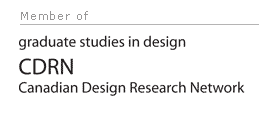
Facilities and equipment in visual communication design and industrial design include current technologies and large studio spaces and offices. During the first year of study, students work under the guidance of faculty on a number of assigned projects. Upon completion of the first year, students begin their thesis work under the direct guidance of a faculty supervisor.
